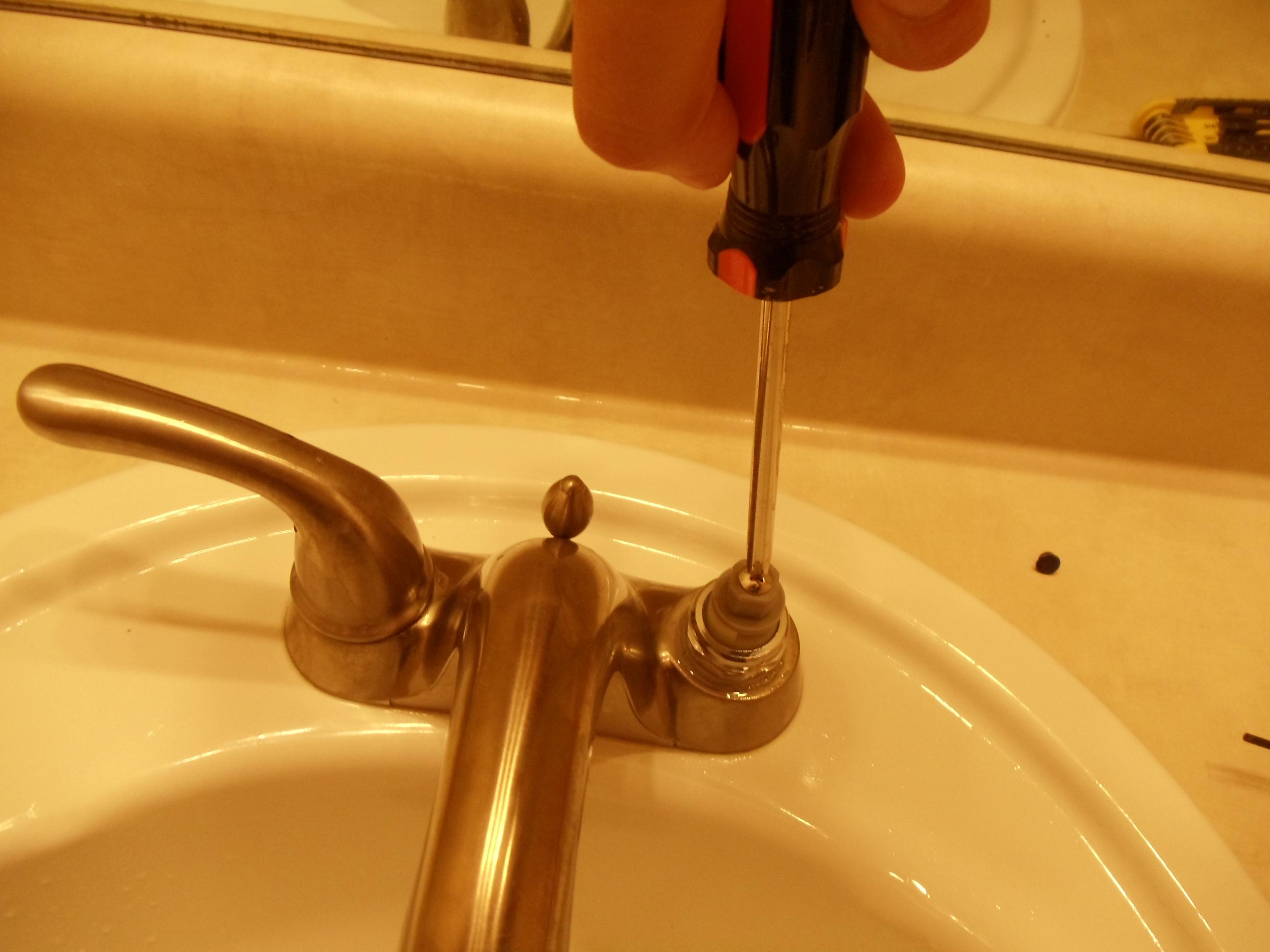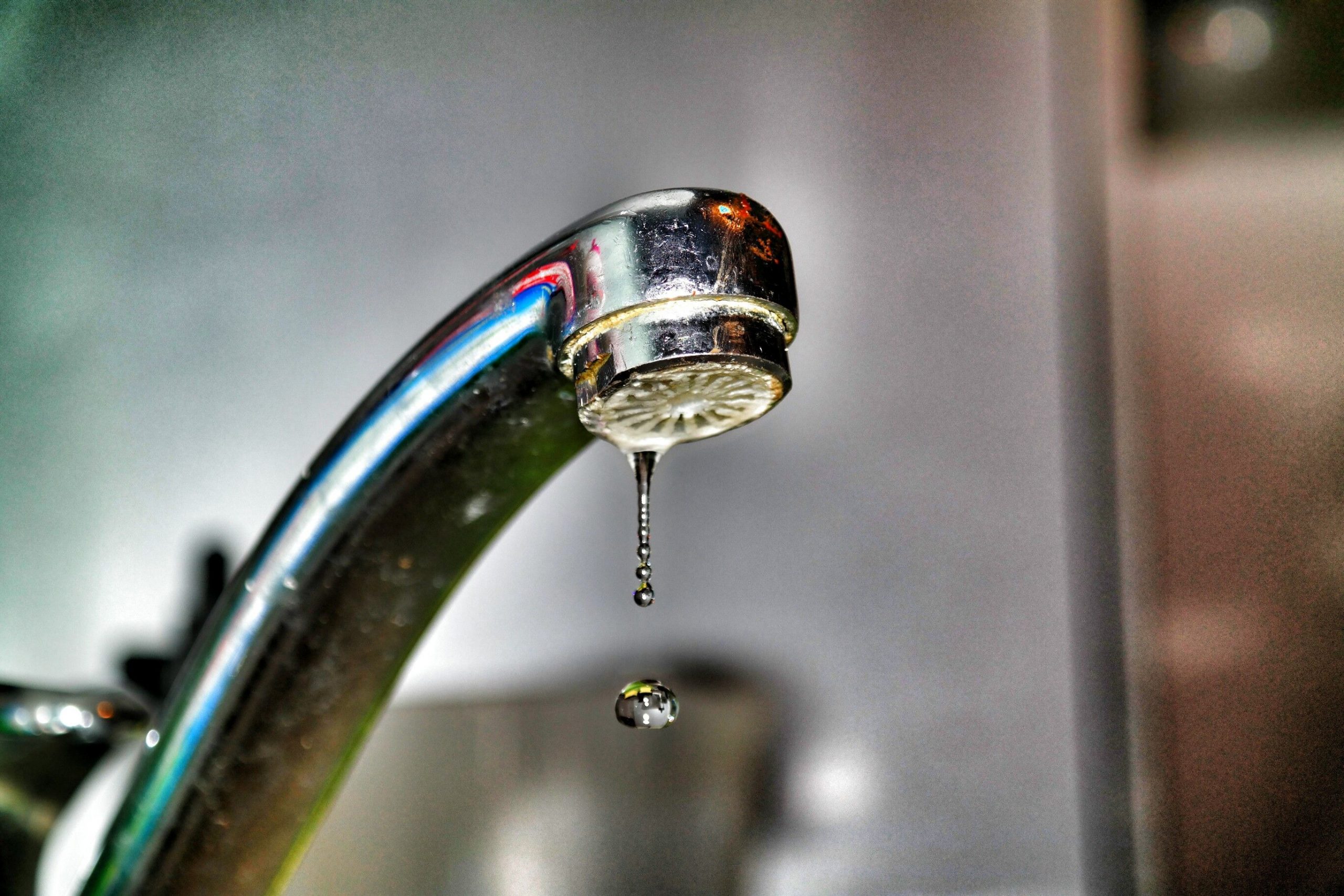Common Causes of Bathroom Faucet Leaks

A dripping bathroom faucet can be a nuisance and a sign of a potential plumbing problem. It’s important to address the issue promptly to prevent water damage and minimize water waste. To understand the cause of your faucet leak, it’s helpful to know the different types of bathroom faucets and the common leak points.
Types of Bathroom Faucets and Leak Points
Bathroom faucets come in various styles, each with its own components and potential leak points. Here are some common types:
- Compression Faucets: These faucets have a threaded stem that compresses a rubber washer against the faucet seat to control water flow. Leaks typically occur due to worn-out washers, loose packing nuts, or a damaged faucet seat.
- Ball Faucets: Ball faucets use a ball-shaped valve with grooves to direct water flow. Leaks can occur due to a worn-out ball, damaged O-rings, or a worn-out seat.
- Cartridge Faucets: Cartridge faucets use a single cartridge containing a rubber seal and a ceramic disc to control water flow. Leaks often result from a worn-out cartridge, a damaged O-ring, or mineral buildup.
- Ceramic Disc Faucets: These faucets use two ceramic discs to control water flow. Leaks usually occur due to worn-out or damaged ceramic discs, or mineral buildup.
Common Causes of Bathroom Faucet Leaks
Here are some of the most frequent causes of bathroom faucet leaks:
- Worn-out Washers: In compression faucets, the rubber washer is responsible for sealing the water flow. Over time, the washer can wear out, crack, or become brittle, leading to leaks.
- Loose or Broken O-rings: O-rings are small rubber rings that create seals around moving parts in faucets. They can become worn, damaged, or loose, causing leaks.
- Corroded Parts: Faucet parts can corrode over time, especially in areas with hard water. Corrosion can weaken or damage parts, leading to leaks.
- Damaged Cartridges: Cartridge faucets rely on a single cartridge for water control. If the cartridge is worn out, damaged, or has mineral buildup, it can cause leaks.
Impact of Water Pressure on Faucet Leaks
High water pressure can put extra stress on faucet components, increasing the likelihood of leaks. This is especially true for older faucets that are not designed to handle high pressure.
Troubleshooting and Repairing Bathroom Faucet Leaks: Why Is My Bathroom Faucet Leaking

Once you’ve identified the source of the leak, you can begin troubleshooting and repairing your bathroom faucet. This section will provide you with the steps and information needed to tackle common faucet issues.
Identifying the Source of the Leak
To effectively address a leaking bathroom faucet, pinpointing the source of the leak is crucial. This will help you determine the specific parts that need attention. Here’s a breakdown of how to locate the leak:
- Visual Inspection: Carefully observe the faucet for any signs of moisture or dripping. Look for water seeping from the spout, handle, base, or around the faucet’s connection to the sink.
- Listen for Sounds: Pay attention to any unusual sounds coming from the faucet, such as dripping, gurgling, or hissing. These sounds can help you narrow down the source of the leak.
- Run the Water: Turn the water on and off, paying close attention to the faucet’s behavior. Does the leak occur when the water is running, or only when it’s turned off? This will help you identify whether the issue lies in the faucet’s internal components or the supply lines.
Replacing Worn-out Washers, O-rings, and Cartridges
Over time, the internal components of a bathroom faucet, such as washers, O-rings, and cartridges, can wear out, leading to leaks. Here’s a guide to replacing these components:
- Shut Off the Water Supply: Before starting any repairs, ensure you turn off the water supply to the faucet. Locate the shut-off valve beneath the sink or on the wall and turn it clockwise until it stops.
- Disassemble the Faucet: Depending on the faucet’s design, you’ll need to remove the handle, spout, or other components to access the worn-out parts. Consult the faucet’s manual or search for online instructions for your specific model.
- Inspect and Replace: Once you’ve disassembled the faucet, carefully examine the washers, O-rings, and cartridges. Look for signs of wear, cracks, or damage. Replace any worn-out parts with new ones that match the original specifications.
- Reassemble the Faucet: After replacing the worn-out components, reassemble the faucet in reverse order, ensuring all parts are securely tightened.
- Turn On the Water Supply: Slowly turn the water supply back on and check for any leaks. If the leak persists, double-check the installation and tighten any loose fittings.
Tightening Loose Fittings, Why is my bathroom faucet leaking
Loose fittings can also cause leaks in bathroom faucets. Here’s how to address this issue:
- Identify Loose Fittings: Carefully inspect the faucet for any loose connections or components. Look for any areas where the faucet is wobbly or where water may be seeping from the joints.
- Use a Wrench: Use an adjustable wrench or a pipe wrench to tighten any loose fittings. Be careful not to overtighten, as this can damage the faucet’s components.
- Apply Teflon Tape: If necessary, apply Teflon tape to the threads of the fittings before tightening them. This will help to create a watertight seal.
Addressing Corrosion
Corrosion can also contribute to bathroom faucet leaks. Here’s how to address corrosion:
- Clean the Faucet: Use a mild cleaning solution and a soft cloth to clean the faucet thoroughly. Remove any debris or mineral deposits that may be contributing to corrosion.
- Apply a Corrosion Inhibitor: After cleaning, apply a corrosion inhibitor to the faucet’s metal parts. This will help to prevent future corrosion.
- Replace Corroded Parts: If corrosion is severe, it may be necessary to replace the affected parts, such as the spout, handle, or internal components.
Prevention and Maintenance Tips

Preventing bathroom faucet leaks is crucial for saving water, reducing energy consumption, and avoiding costly repairs. Regular maintenance is essential for keeping your faucets in good working order and preventing leaks.
Regular Maintenance
Regular maintenance can help prevent leaks and extend the lifespan of your bathroom faucet. This includes cleaning and lubricating the faucet parts to ensure smooth operation.
- Clean the faucet regularly: Wipe down the faucet with a soft cloth and mild soap to remove dirt, grime, and mineral deposits. This will help prevent clogs and ensure proper water flow.
- Lubricate the faucet parts: Apply a small amount of silicone-based lubricant to the faucet’s moving parts, such as the handle stem, cartridge, or o-rings. This will help reduce friction and prevent leaks.
- Check for leaks: Regularly check for leaks around the faucet base, spout, and handles. If you notice any leaks, address them promptly to prevent further damage.
Shutting Off the Water Supply
Knowing how to shut off the water supply to your bathroom faucet is essential for maintenance and repairs. This will prevent water damage and ensure a safe working environment.
- Locate the shut-off valve: The shut-off valve for your bathroom faucet is usually located under the sink or on the wall behind the faucet. It may be a lever or a knob, and it will have a handle that turns to control the water flow.
- Turn the valve clockwise: To shut off the water supply, turn the valve handle clockwise until it stops. This will close the valve and prevent water from flowing to the faucet.
- Test the valve: After turning the valve, turn on the faucet to ensure the water is completely shut off. If water still flows, tighten the valve further.
